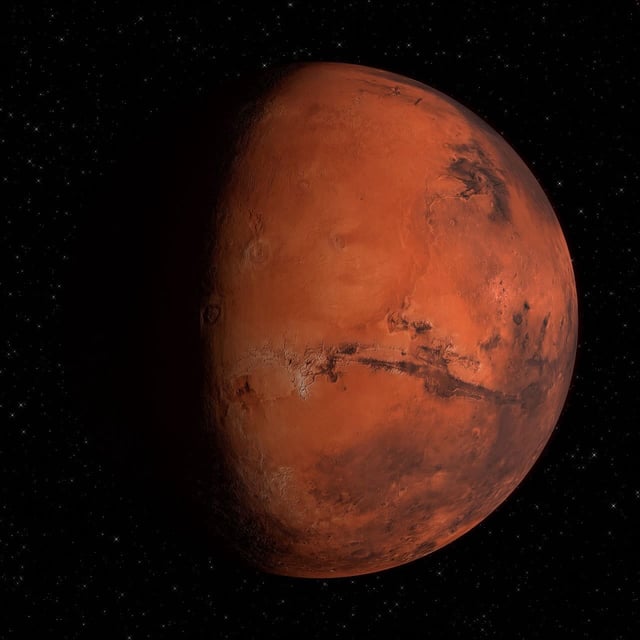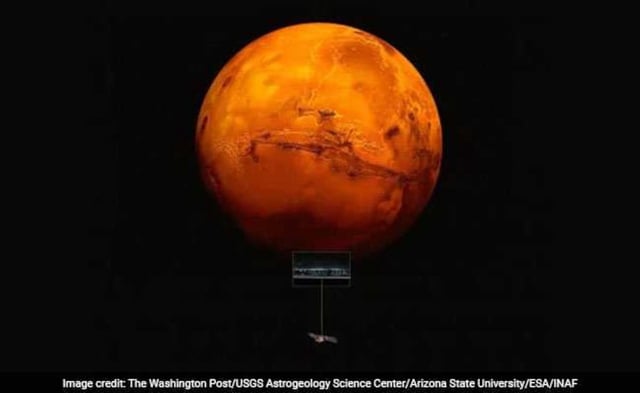Overview
- NASA's InSight mission detected a low-velocity seismic layer 5.4–8 kilometers beneath Mars' surface, consistent with liquid water in porous rock.
- The subsurface aquifer could store enough water to form a global ocean 520–780 meters deep, aligning with estimates of Mars' ancient water volume.
- The discovery was made using seismic waves from meteorite impacts and a marsquake recorded between 2021 and 2022, offering unprecedented insight into the Martian crust.
- The presence of liquid water raises questions about potential microbial life and provides a resource for future human exploration on Mars.
- Scientists emphasize the need for additional seismometers to map the global distribution and chemistry of these water reservoirs.


